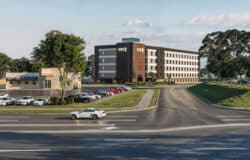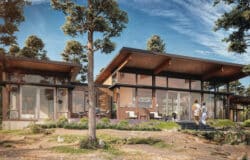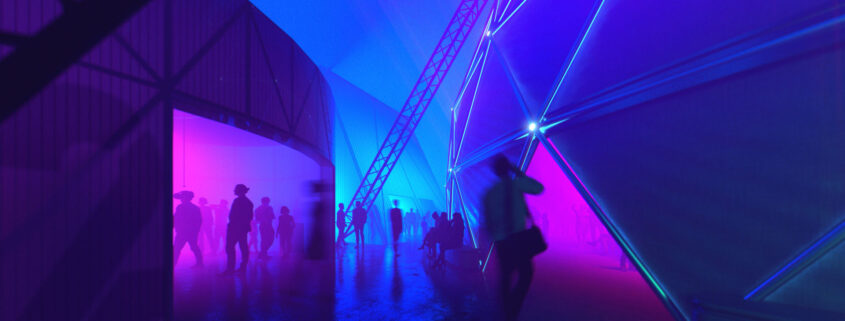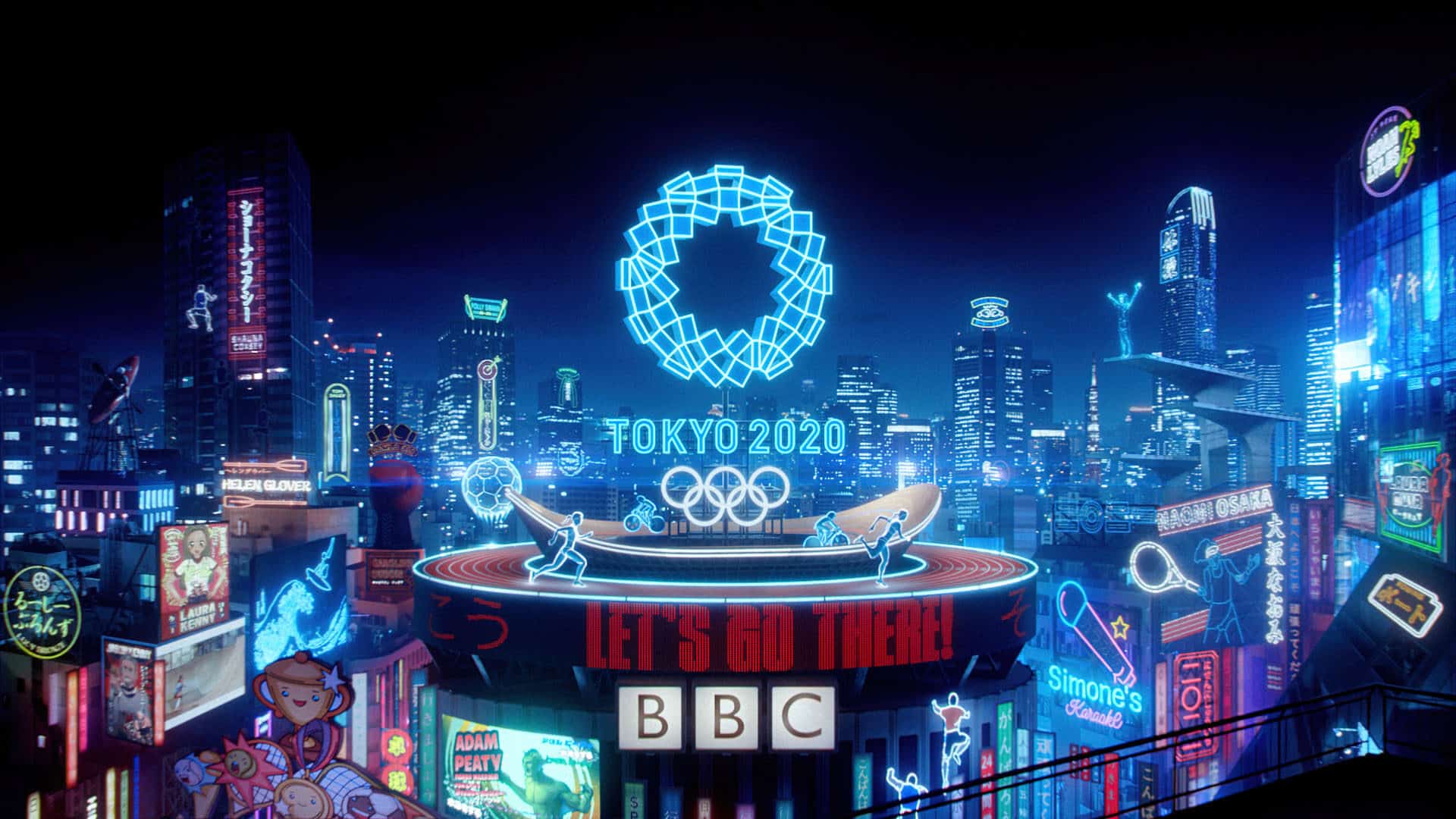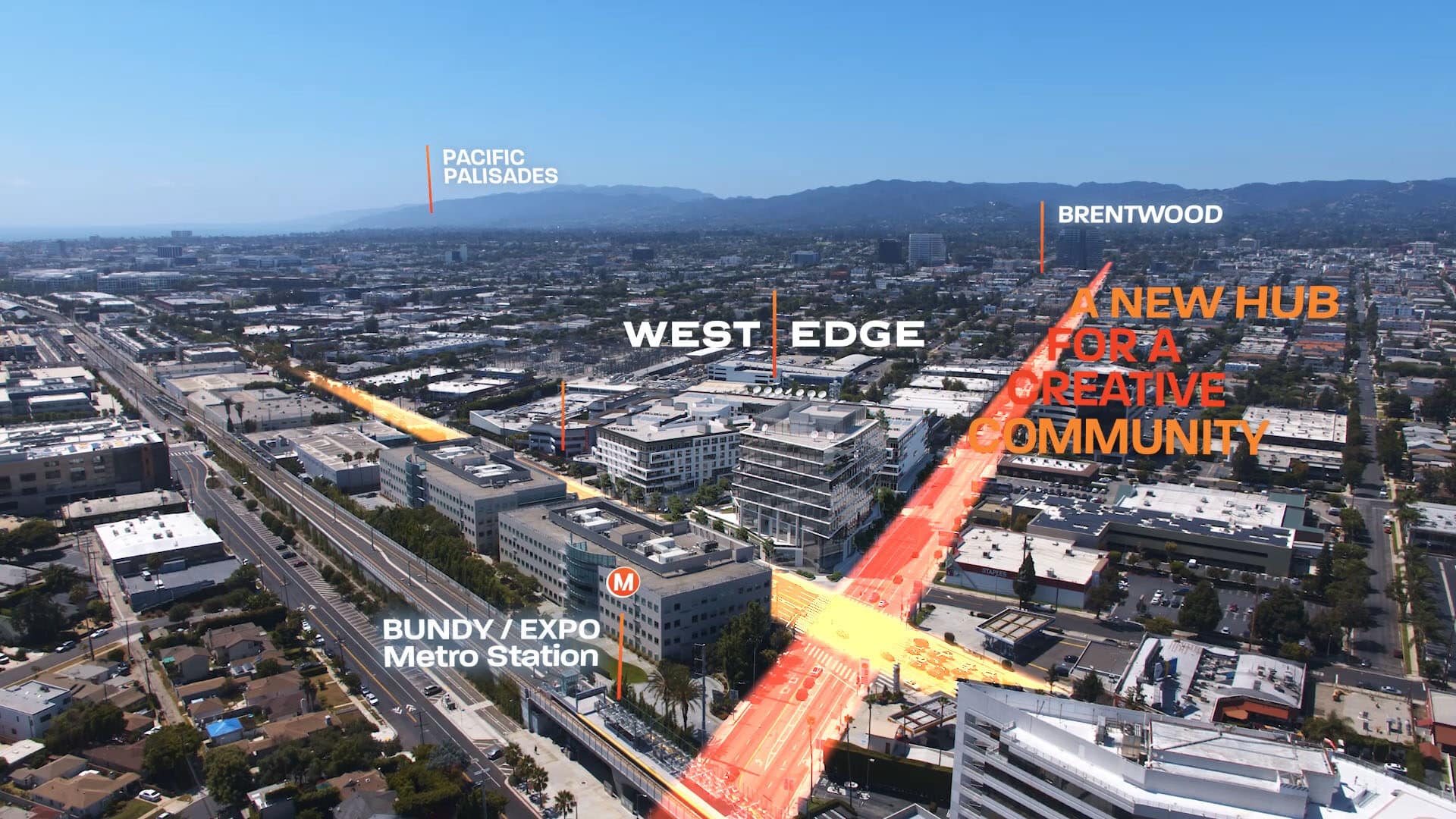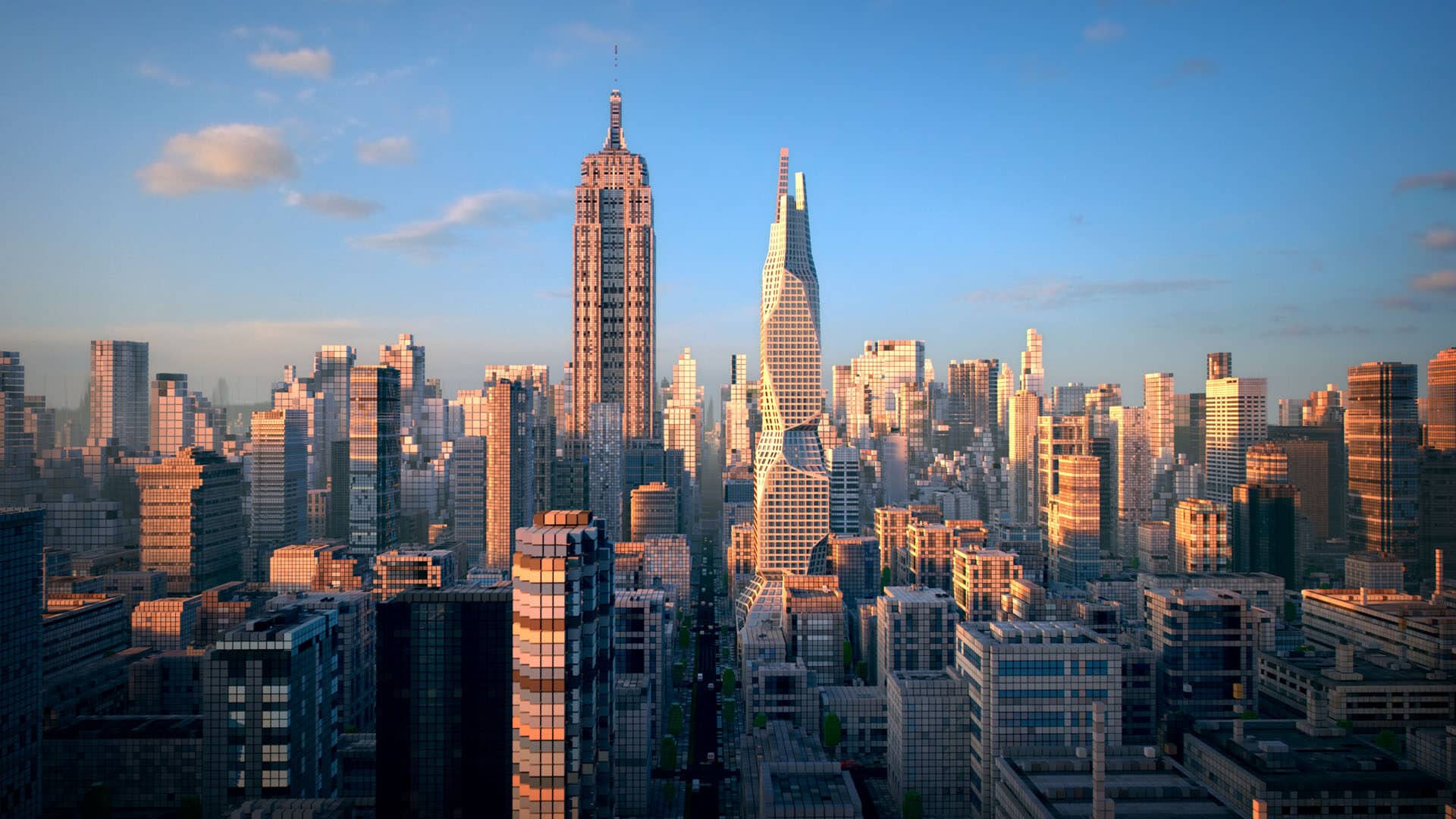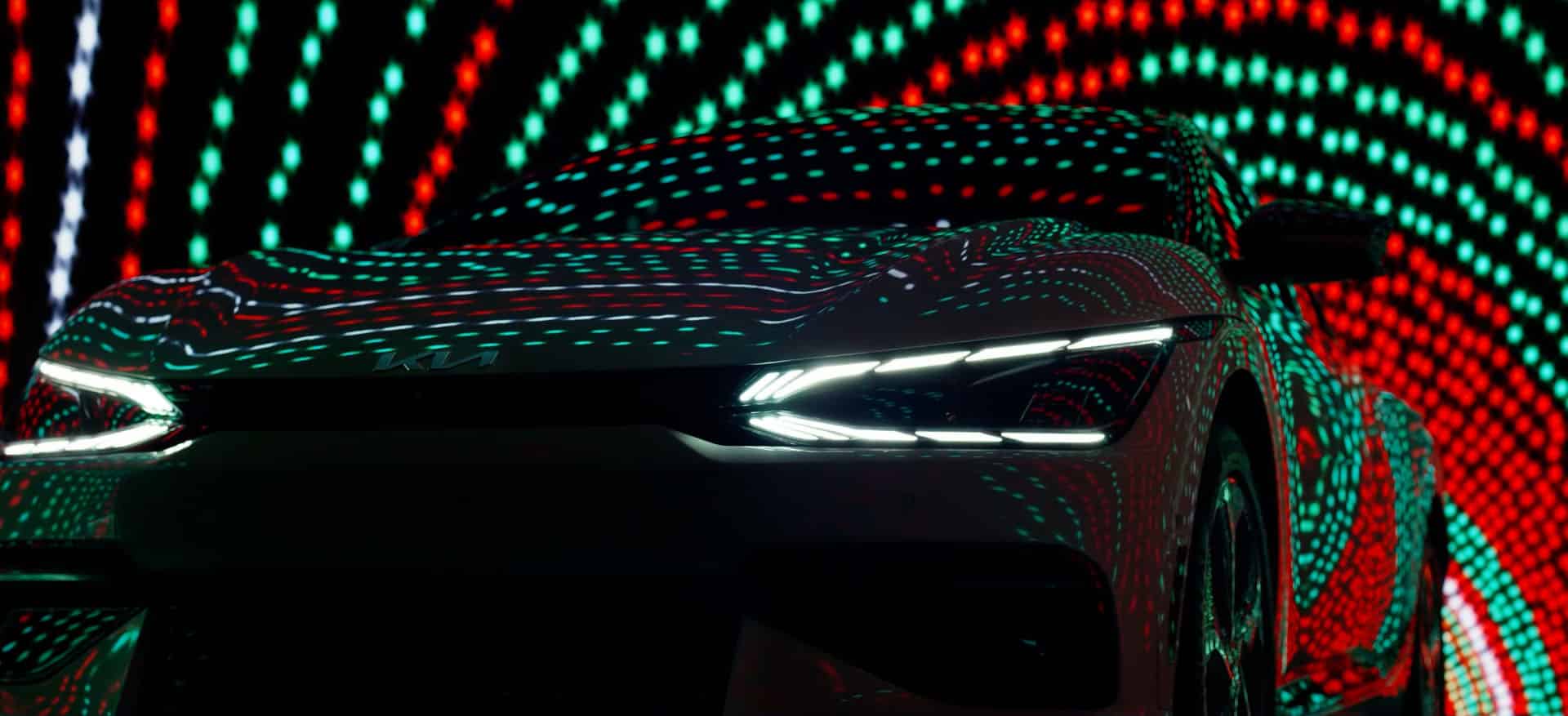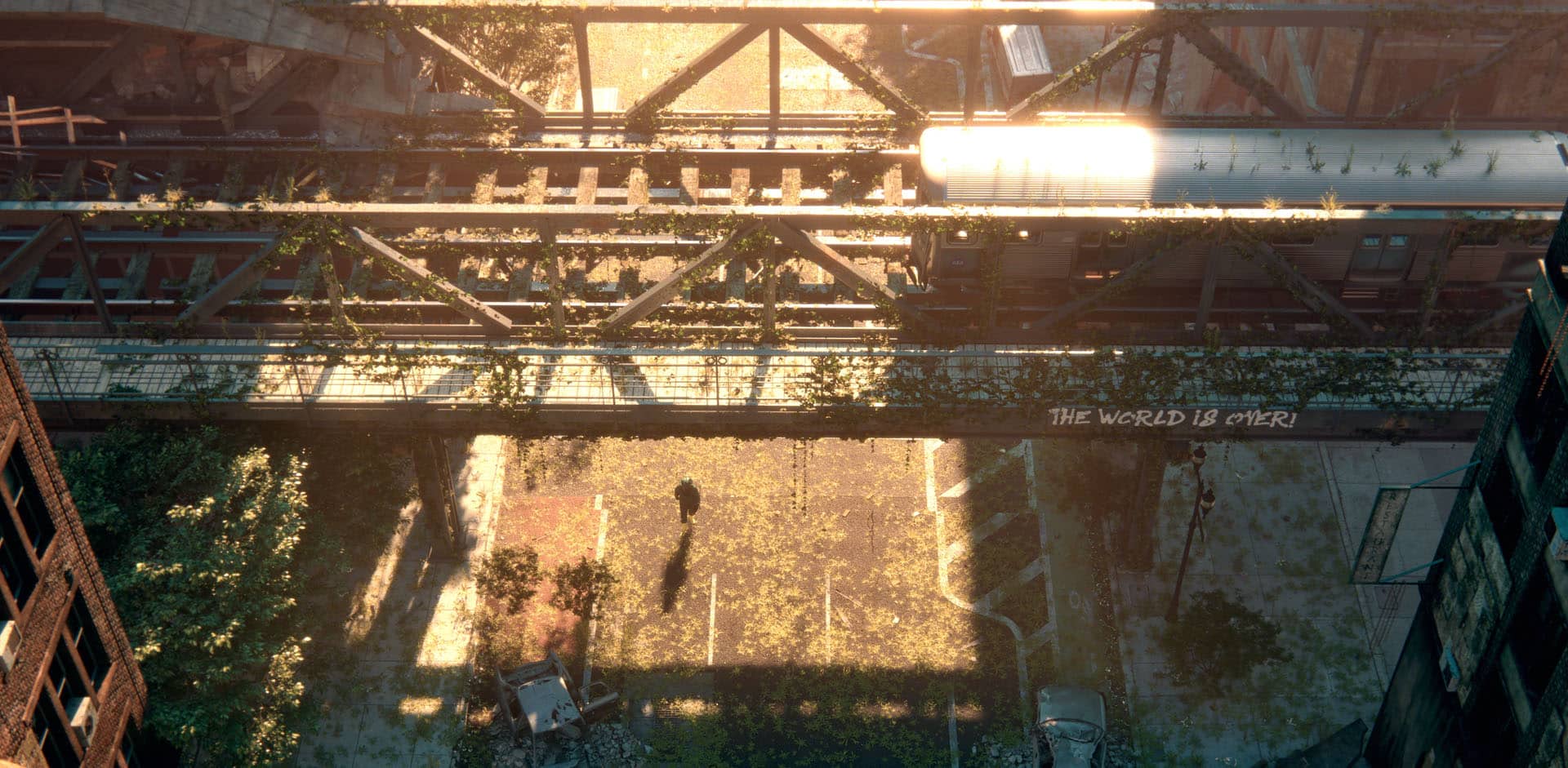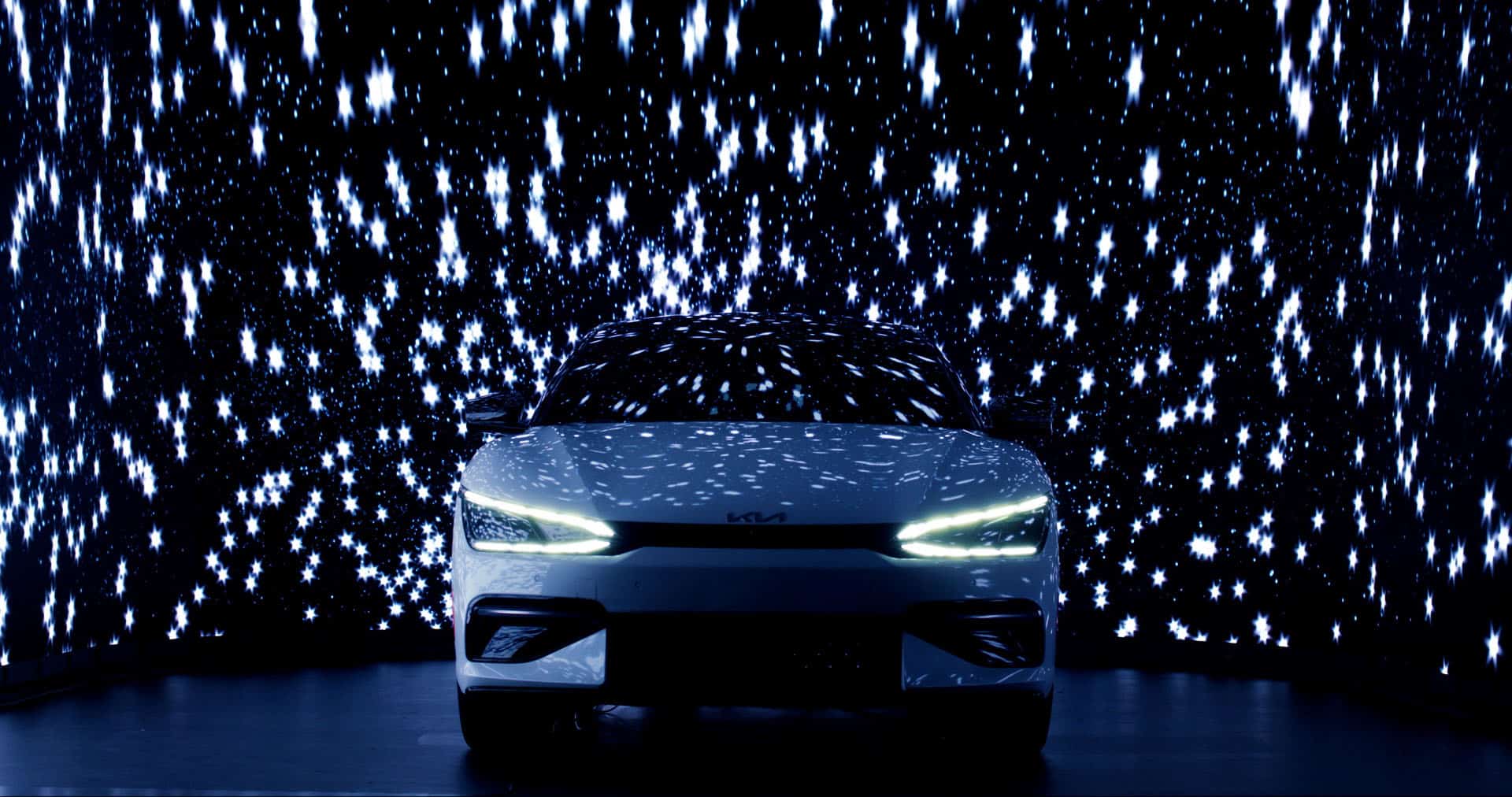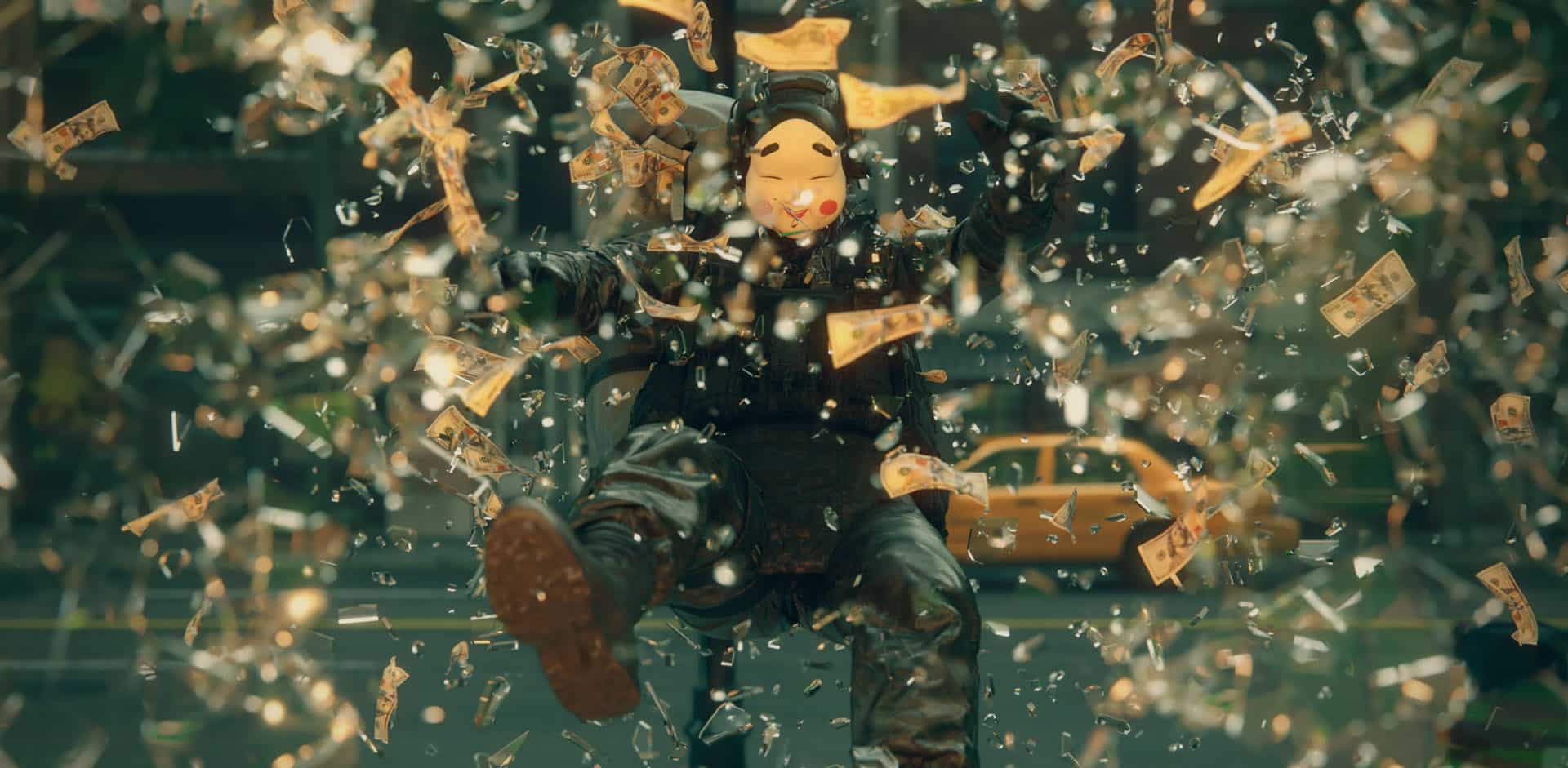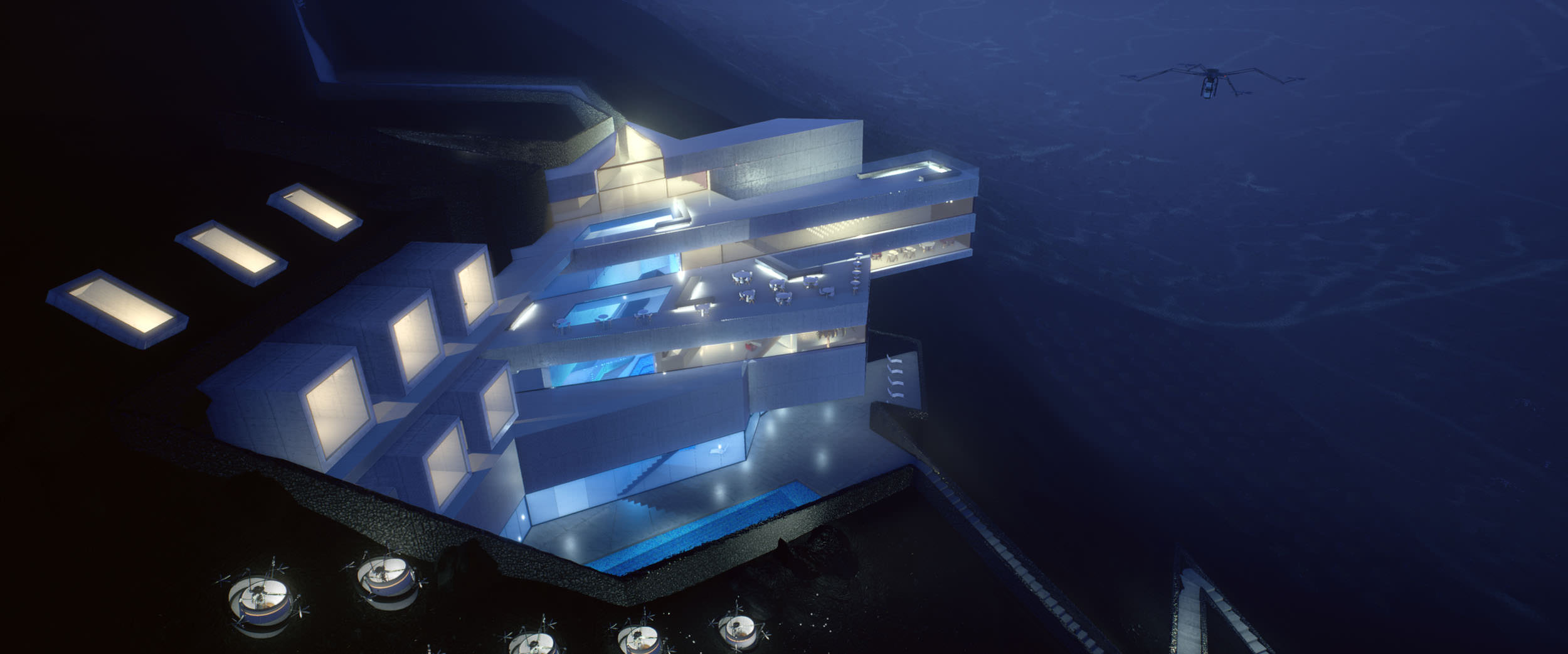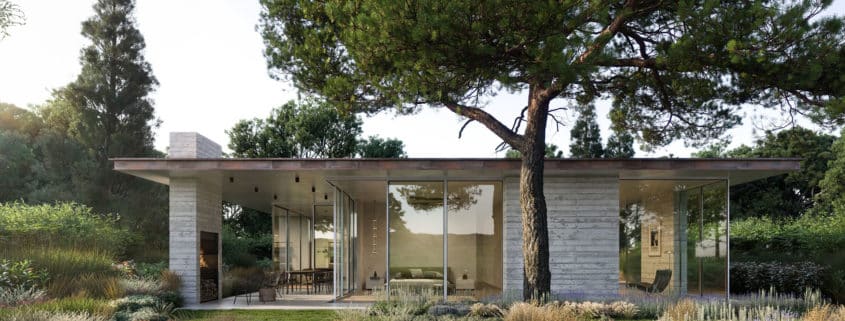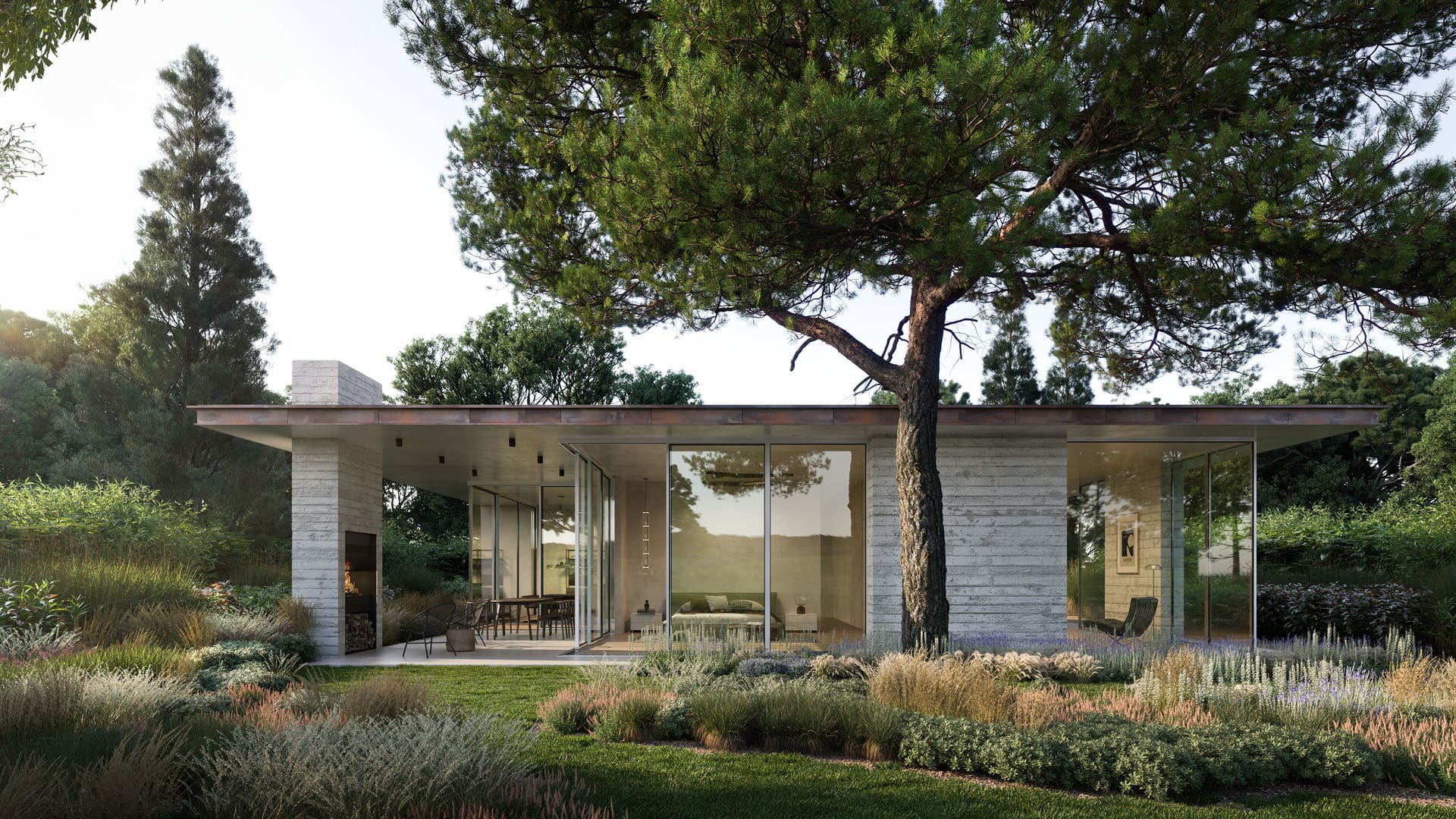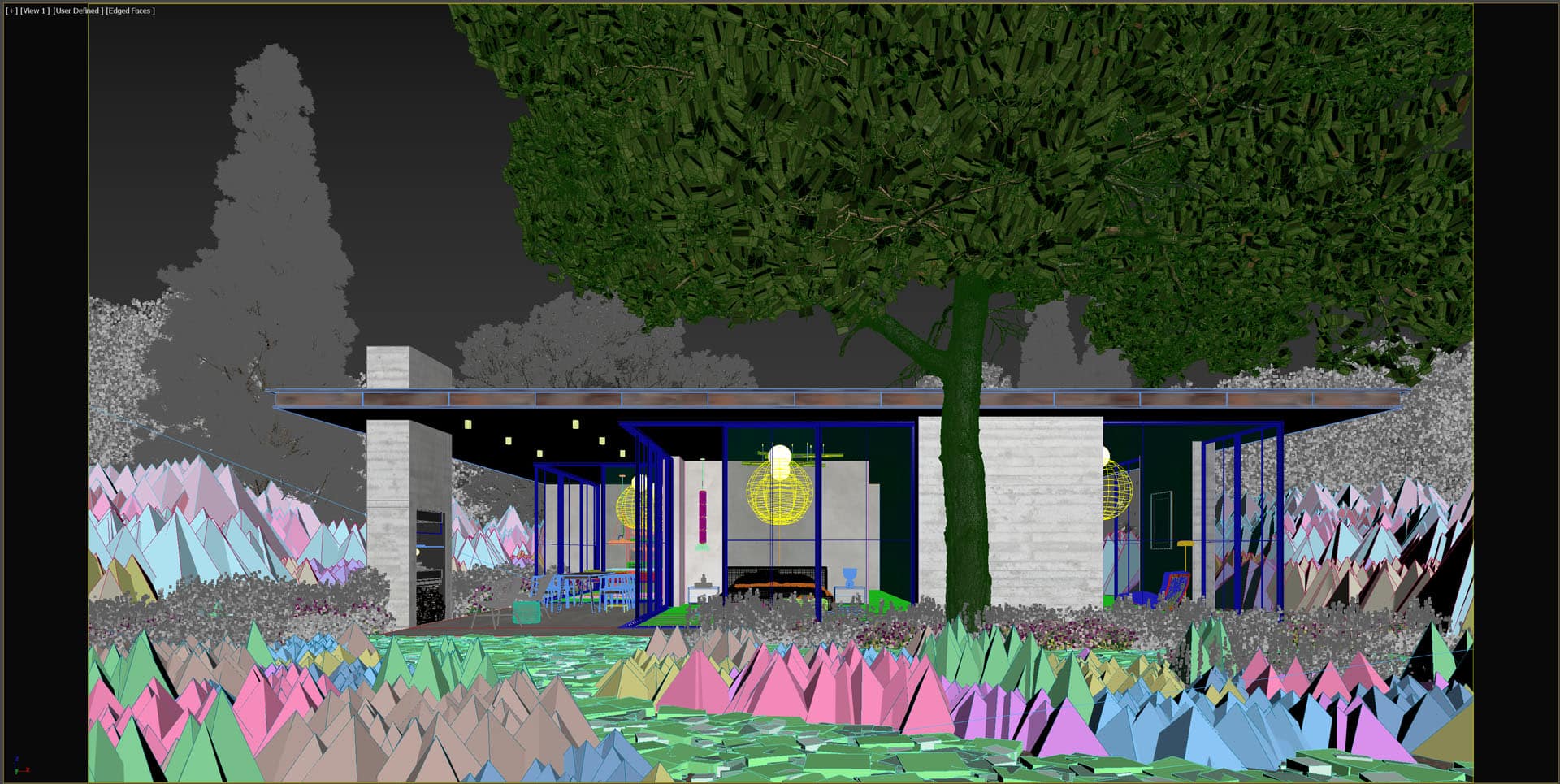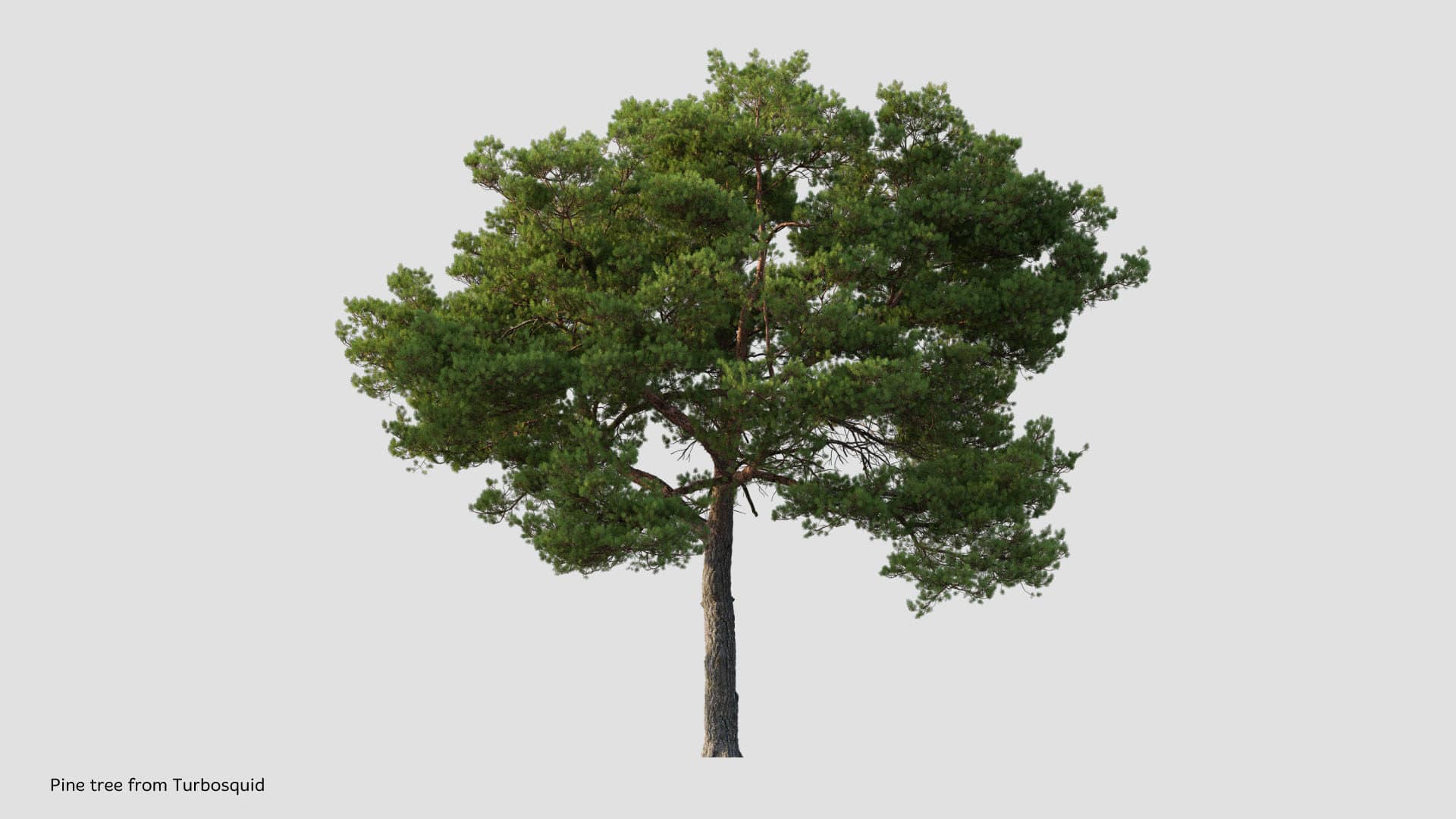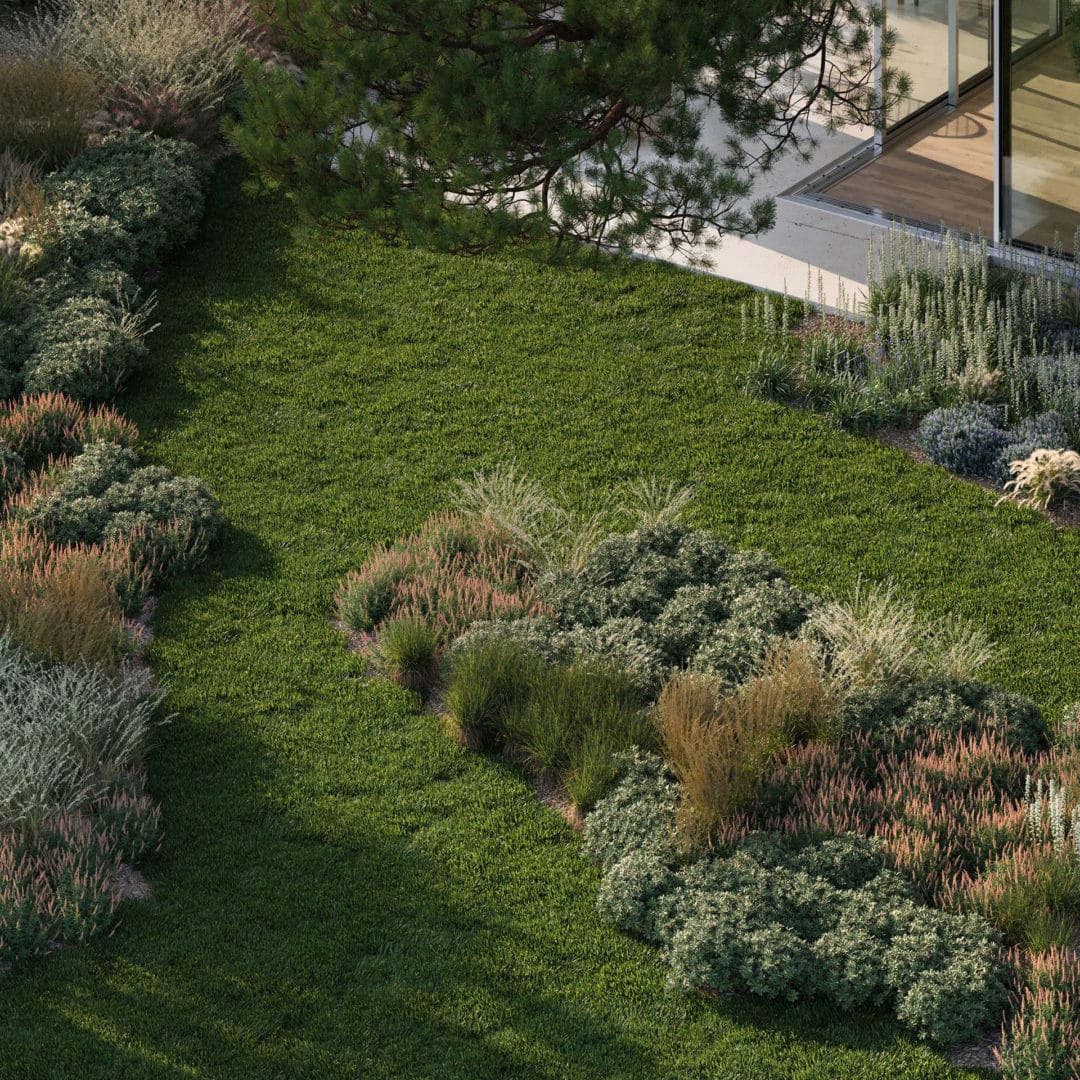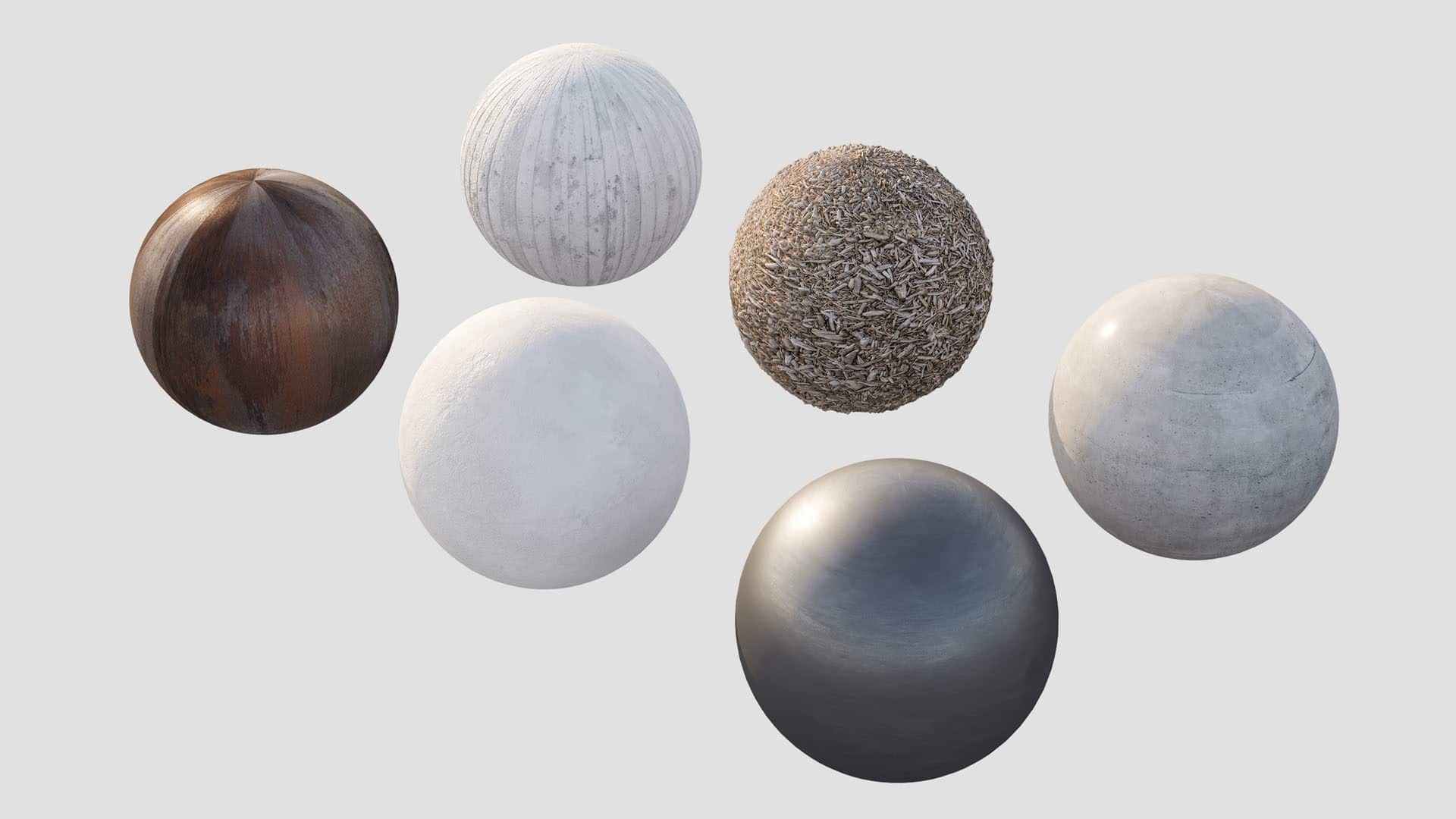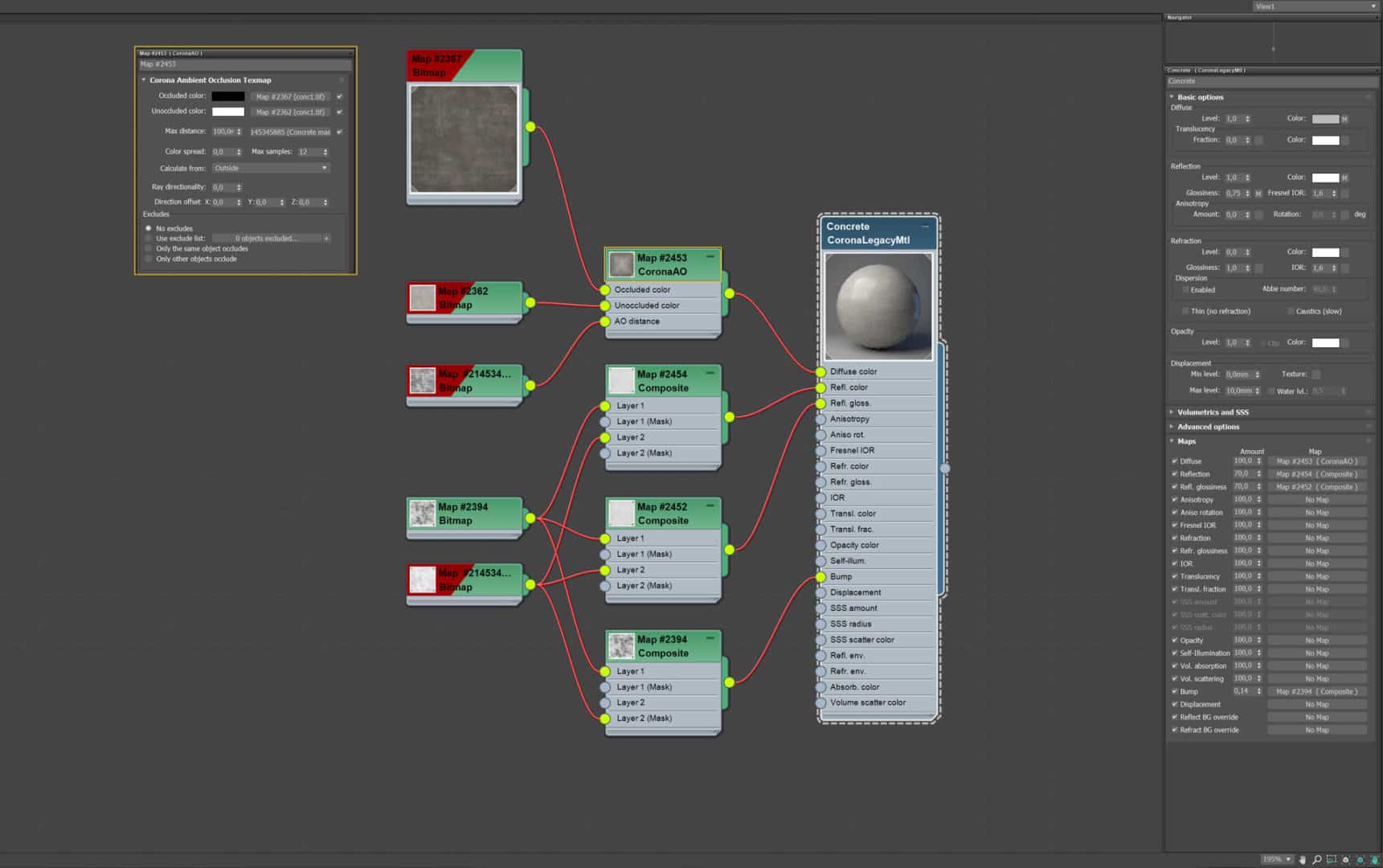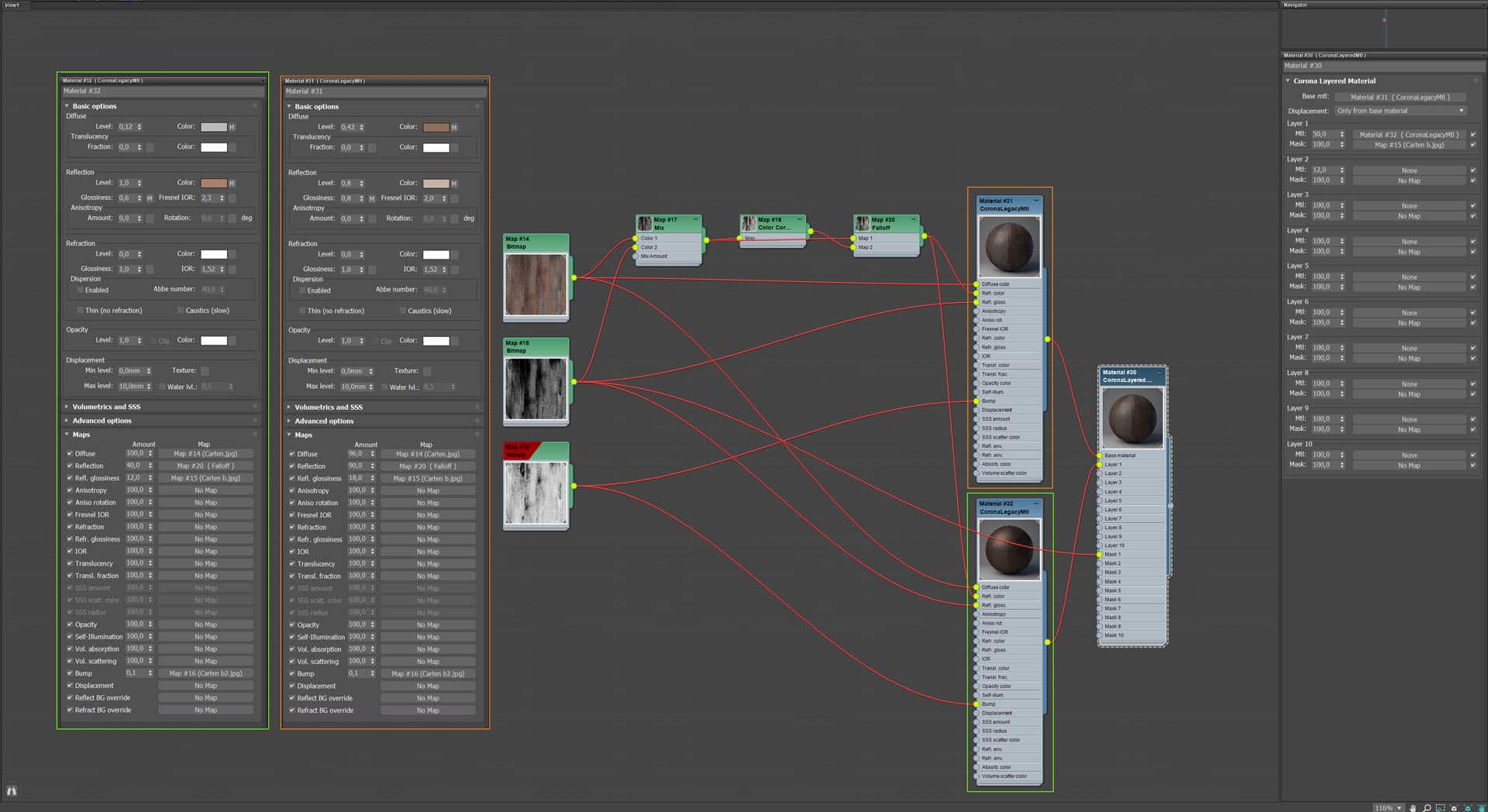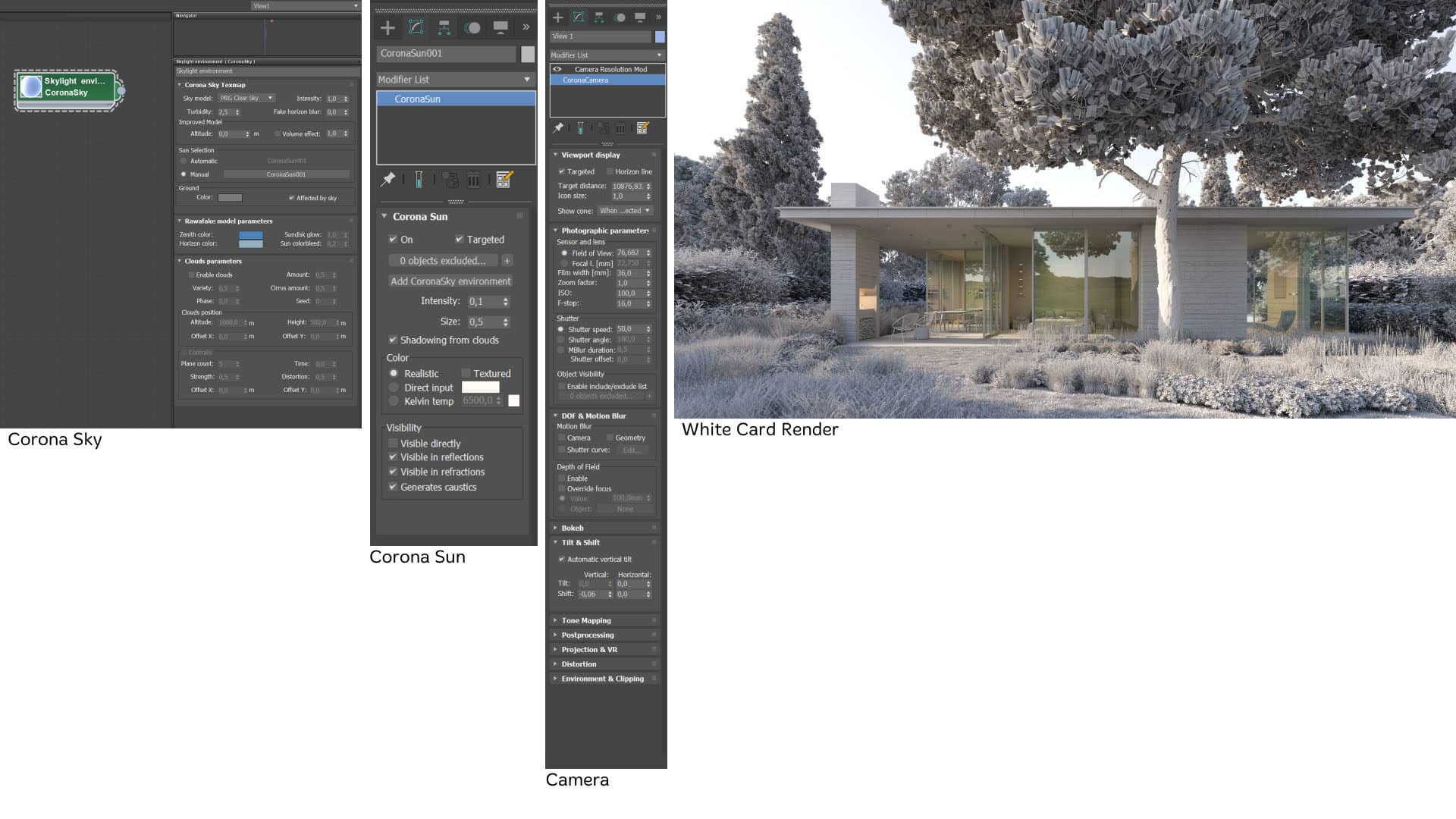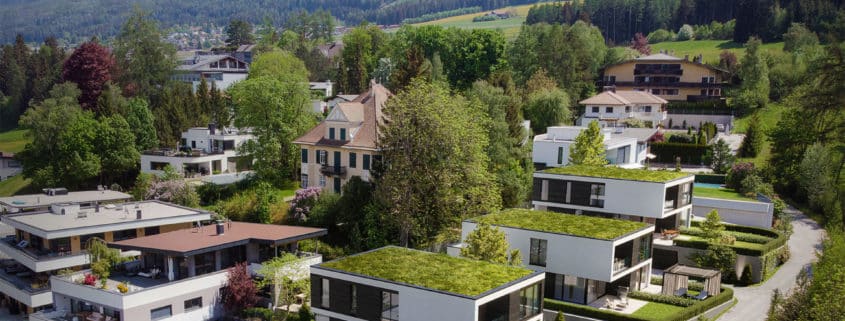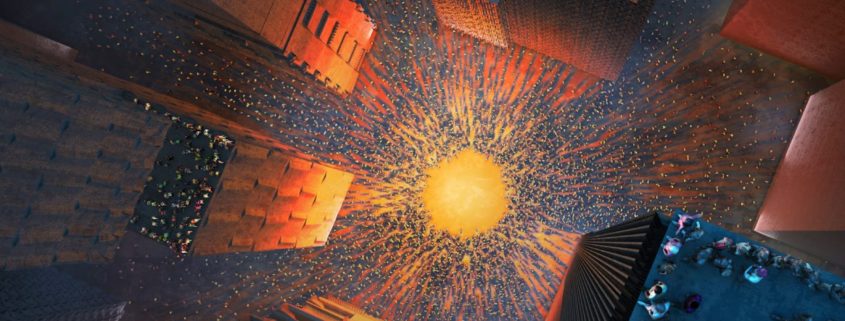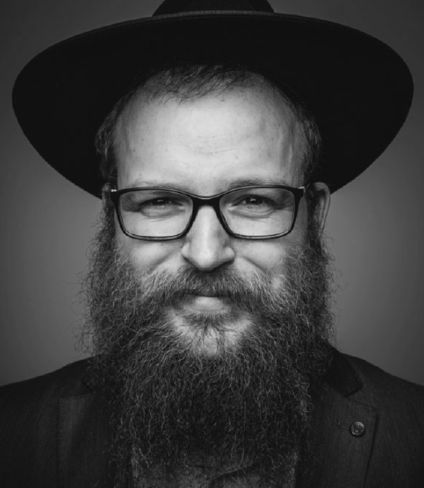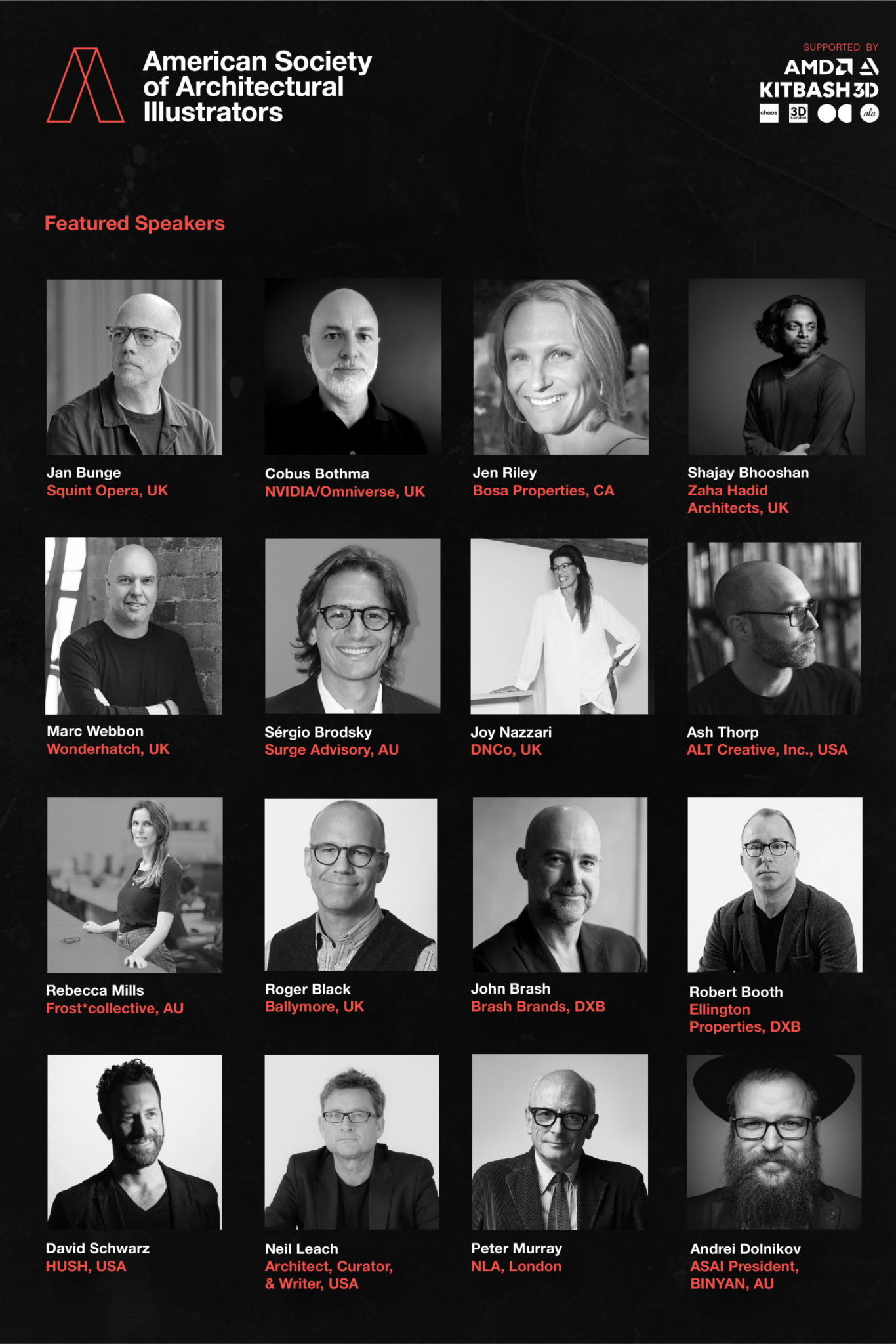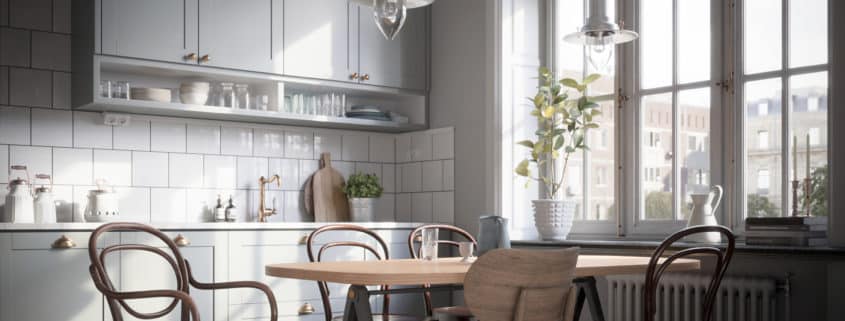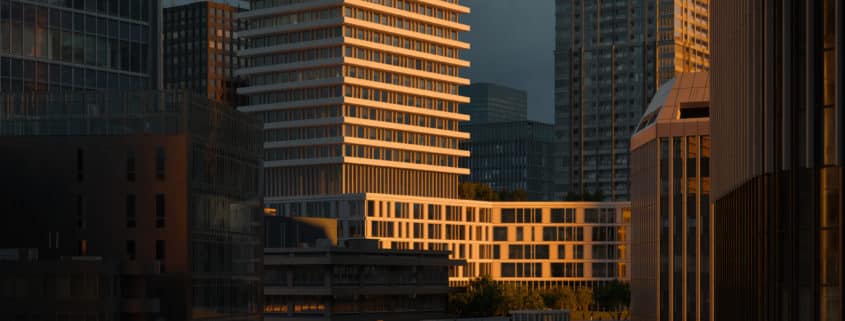Join Factory Fifteen as Senior Creative Art Director
/in ArchVIZ Biz 3ds max, mesh FStormRender, Photoshop /by Ronen BekermanIntroduction
Factory Fifteen, an acclaimed London-based CGI studio led by Bafta award-winning directors, specializes in visualization, 3D design/animation, and immersive industries. They are seeking a Senior Creative / Art Director to join their expanding team and contribute to their portfolio of award-winning projects. Are you passionate about pushing the boundaries of art and technology and want to work with a dynamic and talented team? In that case, this is an excellent opportunity to join an industry leader.
The position is full-time, hybrid on-site & remote working.
Table of Contents
Your role at the Factory
At the heart of this role is your ability to communicate ideas with clarity and confidence to both clients and artists. Your solid technical and presentational skills will be essential to :
- Develop new visual, cinematic, and narrative approaches toward some of our industry’s most prominent architectural films.
- Bring unique conceptual approaches to branded content.
- Lead design and worldbuilding strategies on longer format film projects.
- Meeting with clients to discuss their requirements and vision, pitching concepts utilizing innovative presentations.
- Lead internal and contracted artist teams to deliver on your vision, on budget, and on time.
- Occasionally direct 3rd party film crews on green screen and location shoot.
- Work alongside the production and creative teams to build the ‘scope of work’ and fee proposal documents related to creative strategies.
- Find new and novel ways of integrating emerging technologies into projects.
Your experiance
Although Factory Fifteen operates in multiple industries, all our work is spatially oriented. Therefore, candidates must demonstrate a solid understanding of 3D space and cinematic composition. We expect you to have experience working in production and a keen interest in continuing to be part of the production environment. However, you will approach the role with a lighter touch, as your focus will be on leading and guiding the creative process rather than being directly involved in the day-to-day production work.
Required :
- 5+ Years experience within a creative studio.
- Have an eye for composition, cinematography, and storytelling.
- Skilled within 3ds max/adobe suite / compositing tools.
- Excellent presentation skills using InDesign / Google Docs.
- Demonstrate good editing skills.
- Strong design skills, ability to draw and sketch in your way.
- A degree in architecture, design, or other creative fields.
Desired :
- Concept design / matte painting skills.
- Nuke compositing skills.
- Unreal / Real-Time experience.
Eligibility :
- You are eligible to work in the UK. (Visas will be considered for the right applicant), and you speak fluent English.
Salary & Benefits
At Factory Fifteen, we recognize that attracting and retaining the best talent requires more than just exciting projects and a great team environment. We believe in offering our employees competitive compensation packages that reflect their skills and experience, as well as a range of benefits to support their overall well-being. In this section, we outline the salary and benefits that you can expect when you join our team as a Senior Creative/Art Director.
- £45,000.00 – £60,000.00 depending on experience.
- Bonuses + extras on top.
- Generous holiday allowance based on seniority and length of service.
- Workplace pension scheme.
- Medical Insurance.
- Life Insurance.
- Flexible working.
- Weekly Training.
- Monthly socials.
- Yearly Holidays.
- Cyclescheme.
- Paid training opportunities.
Contact the Factory directly
Think you are the one (or know someone who is) – please applay directly at – jobs@factoryfifteen.com
Final Comments
Factory Fifteen is a London-based CGI studio known for pushing the boundaries of art and technology. Their innovative approach was recognized when they won the “The Vinyard” challenge in 2016 with a fantastic “LA GERIA” entry demonstrating their ability to test and adopt new technologies in their daily workflow. They were among the first to use Epic Games Unreal Engine in ArchViz and have since continued to be at the forefront of innovation in the industry. This Senior Creative/Art Director role is a dream opportunity for anyone with the required skills to work alongside a dynamic and talented team at the cutting edge of visual effects and immersive industries. I recommend giving it a go and wish you the best of luck with your application.





